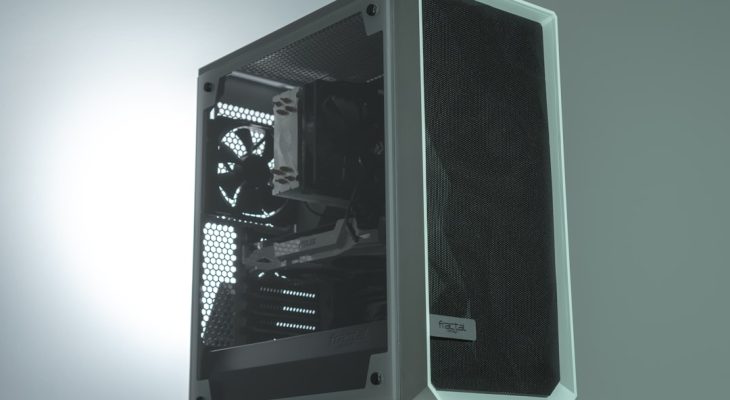In the world of budget gaming GPUs, two names from NVIDIA’s GTX 16-series lineup often come up in conversation: the GTX 1650 and the GTX 1660 Super. While both were released several years ago, they still maintain a place in many PC builds today. But with evolving software requirements and increasingly demanding games, the question remains: is the GTX 1650 still relevant compared to the 1660 Super in 2024?
Performance Comparison
The GTX 1650 and GTX 1660 Super were both designed with budget-friendly performance in mind. However, the technical differences between them lead to a considerable performance gap. The 1660 Super features a more powerful TU116 GPU, significantly more CUDA cores—1408 vs 896 in the 1650—and faster GDDR6 memory compared to the 1650’s GDDR5 variant.
In real-world gaming scenarios, the 1660 Super consistently delivers 30-50% better frame rates than the GTX 1650. For example, titles like Cyberpunk 2077 and Assassin’s Creed Valhalla can average 60+ FPS on medium settings with the 1660 Super, whereas the GTX 1650 hovers closer to 30-40 FPS on low settings.

Power Efficiency and Thermal Output
One advantage that the GTX 1650 has over the 1660 Super is lower power consumption. The 1650 draws just 75W TDP, which means it can run without an external power connector—ideal for older or low-wattage power supplies. In contrast, the 1660 Super requires a 6-pin connector and draws up to 125W.
This power efficiency makes the GTX 1650 suitable for compact and budget systems where minimal power draw and low thermal output are a priority. However, this comes at the cost of significantly lower compute performance and future gaming headroom.
Price Point and Market Availability
Used GPU markets and occasional restocks still offer both cards at varying price points. As of 2024, the GTX 1650 can be found for as low as $100–$120, while the GTX 1660 Super often sells for $150–$180. Given the substantial performance advantage of the 1660 Super, its slightly higher price is usually well-justified among gamers seeking better value.
In developing markets or for extremely tight budgets, the GTX 1650 might still be relevant for basic 1080p gaming, esports titles, and multimedia tasks. But for gamers or creators seeking longevity and flexibility, the 1660 Super remains a clear winner.

Upgradability and System Requirements
A crucial factor in choosing between these two GPUs is compatibility. The 1650’s lack of an external power requirement makes it a perfect drop-in replacement for prebuilt systems or older PCs. It’s a plug-and-play solution for users who cannot afford or do not want to upgrade their PSU along with the GPU.
Meanwhile, the 1660 Super, while more demanding, is built with better future-proofing. It provides enough performance to handle more demanding games in the coming years and can support moderate content creation workflows.
Conclusion
While the GTX 1650 still has certain use-case advantages—mainly in ultra-budget or ultra-compact systems—its overall relevance is diminishing. The GTX 1660 Super delivers far better performance, greater flexibility, and vastly improved longevity, making it the smarter choice for those who can manage the modest additional cost and power requirements.
FAQ
- Q: Can the GTX 1650 run modern games in 2024?
A: Yes, but on low settings for newer AAA titles and at reduced resolutions. It performs better with esports or older games. - Q: Is the GTX 1660 Super good for 1080p gaming?
A: Absolutely. It can run most modern titles comfortably at 1080p on medium to high settings with 60+ FPS. - Q: Does the GTX 1650 require an external power connector?
A: No, it typically uses only the power provided by the PCIe slot (75W). - Q: Is it worth upgrading from a GTX 1650 to a GTX 1660 Super?
A: Yes, especially if you’re looking to play newer games with better graphical quality or plan to keep your system for a few more years. - Q: What power supply is recommended for the GTX 1660 Super?
A: A minimum 450W PSU with a 6-pin connector is recommended for stable performance.








